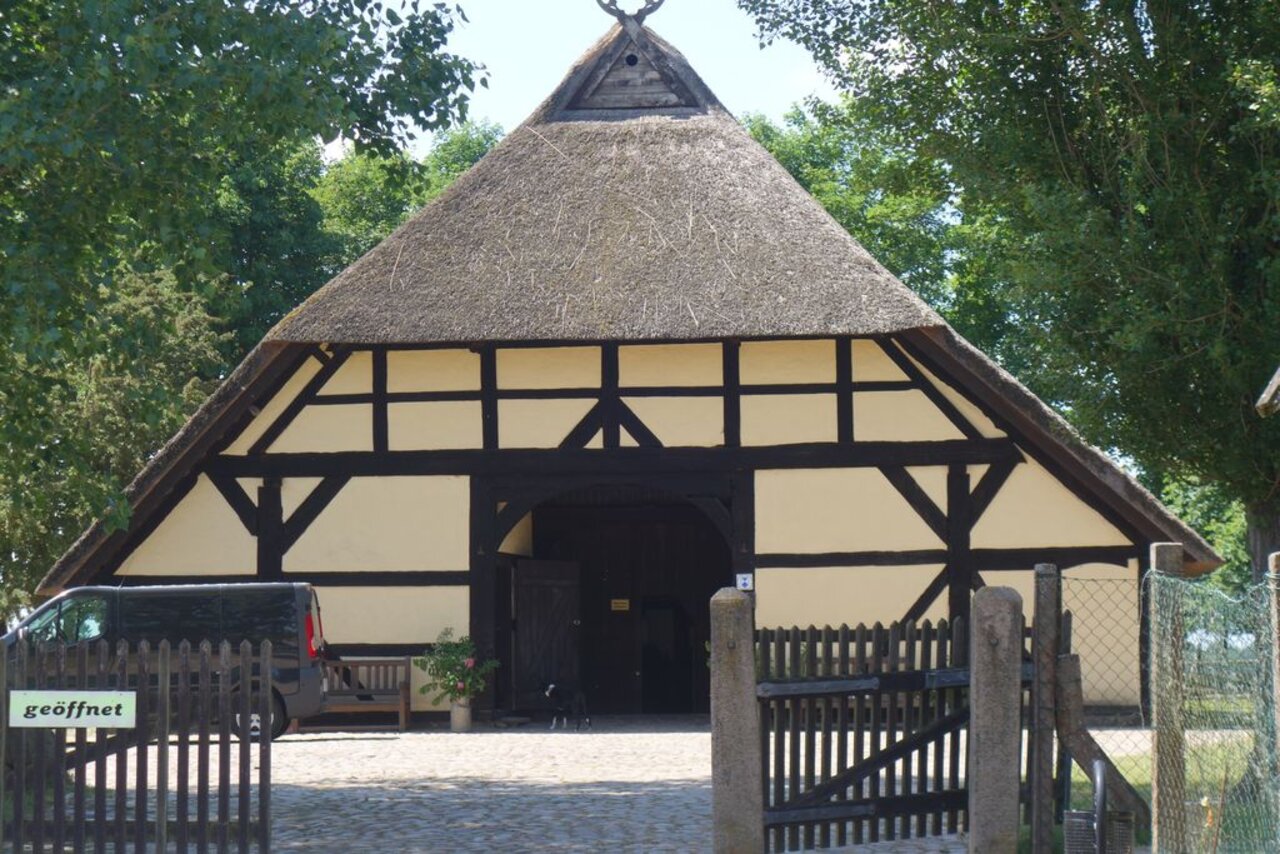Project
The Death Watch Beetle: Dietary preferences and life habits

Studies on physiology and polyphagy as well as distribution of the Death-Watch Beetle Xestobium rufovillosum
The deathwatch beetle is one of the most important wood-destroying insects. Especially historical wooden constructions such as church roofs and half-timbered buildings are endangered by it. What are the exact requirements for an infestation?
Background and Objective
The deathwatch beetle (Xestobium rufovillosum) is considered to be a cultivar that prefers to infest the wooden construction parts of human dwellings, i.e. it infests wood that has been used for construction. Its natural habitat, on the other hand, consists primarily of standing deciduous trees, e.g. willows, chestnuts and oaks, which are either already dead or massively damaged by fungi. Accordingly, in buildings it is often associated with house rot fungi such as the oak rot fungus. Excavation holes of the beetles can serve as an indicator for a deeper hidden infestation by wood-destroying fungi.
The exact nutritional processes and conditions for infestation have not yet been sufficiently clarified, nor are the initial conditions for successful colonization of the wood by the larvae of the deathwatch beetle. It is assumed that the mechanical weakening of the wood by a fungal infestation makes it easier for the larvae to bore into the wood. Furthermore, the chemical change of the wood substrate possibly causes a better utilization by the larvae.
The project aims to clarify the extent to which infections of various wood-destroying fungi are necessary for an infestation by X. rufovillosum. Possible nutritional-physiological advantages of fungal infested wood as well as possibly required reduced strength values will be characterized. Accordingly, the extent to which healthy wood can be infected and attacked by fungi through the transmission of spores by the hatched beetles will be investigated.
The control of an infestation with chemical wood preservatives is considered difficult and rarely successful. The knowledge gained can contribute to the development of holistic alternative control measures like integrated pest management and provide a basis for the evaluation of infested structural elements.
Approach
Samples of infested wood from natural habitats, buildings and from laboratory tests are examined using various methods: The fungi involved in wood destruction will be determined by sequencing the ITS region. Infested areas will be identified and characterised at the cellular level by microscopy. The composition of the infested wood as well as the microbial degradation of the cell wall layers can be analysed by UV microspectrophotometry (UMSP) in combination with electron microscopic methods (TEM). Further chemical analysis methods such as pyrolysis and mass spectrometry are available to examine the components of the wood tissue. These investigations should enable conclusions to be drawn about the exact properties of the wood matrix for use by the Colorado nail beetle.
Furthermore, in vitro egg deposition and feeding behaviour on wood samples of different constellations under defined conditions shall be induced to determine the preferences of the beetle. This will be done on the one hand by spreading fungus-infected wood in buildings with infestation, on the other hand by bringing construction parts infested with adult specimens to the laboratory. The extent to which the beetles specifically transfer fungal spores will be investigated under laboratory conditions.
Our Research Questions
Under which conditions is wood attacked by the deathwatch beetle? Are there symbiotic relationships with certain wood-destroying fungi or bacteria? Is pre-damage of the wood absolutely necessary? What alternative measures can be developed from the findings?
Thünen-Contact









